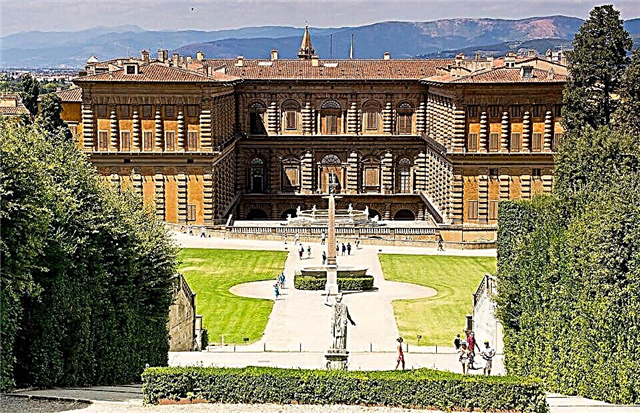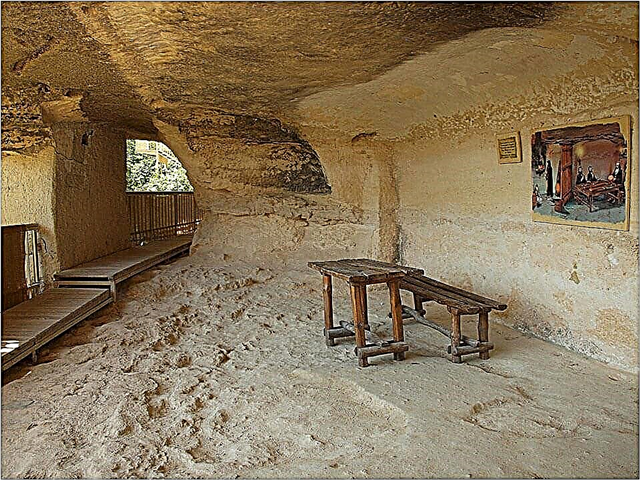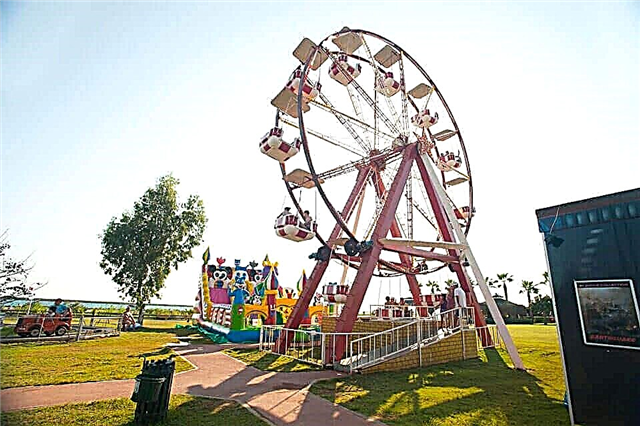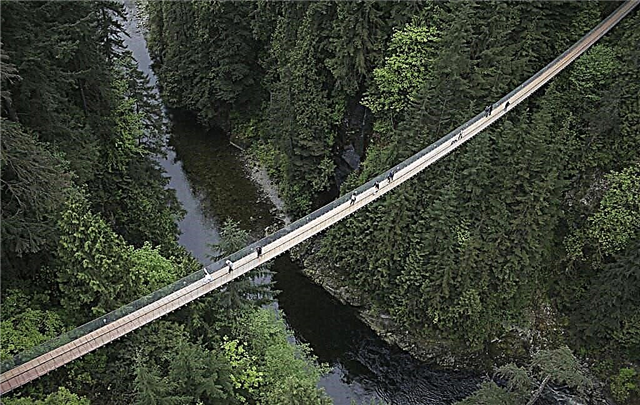The Capilano Bridge today is a whole entertainment complex, which is visited by more than 900 thousand tourists annually. We invite you to go on a journey with us and find out what he is so famous for.
The history of the bridge
In the late 18th century, Scottish engineer George Grand McKay acquired 24 square kilometers of land in British Columbia. These places are rich in natural resources, but the most important and profitable of them is the forest. Red cedar, Douglas spruce, western hemlock - all these trees are very valuable in construction, especially since their height reaches 90-100m.
The local humid climate prevents fires from spreading and creates all the conditions for their full development. McKay set about deforestation on his site. To create more comfortable work in 1883, he built a suspension bridge across the canyon that divided the site.

The Scotsman then did not even suspect that such a simple at first glance creation of ordinary boards and hemp ropes would make him famous not only in Vancouver, but all over the world. The longest in Canada, 136 m, at an altitude of 70 m, instead of a logging assistant, the bridge has become a great attraction. Its next owner, McEacran, understood this.
Beginning in 1935, household items of local Indians, their totems, began to appear in the park nearby. The bridge has turned into an open-air freak show, a city landmark. Since 1983, the next owner is Nancy Stibbard.
Memory of the Squamish Indian tribe
Today it is a whole entertainment complex for recreation and entertainment, which is visited by more than 900 thousand tourists annually. And there really is something to see here. A large collection of totems of the Squamish Indian tribe, their utensils that you can touch with your hands, get acquainted with the conditions of their life, their creativity.

This tribe had a leader named Joe Capilano. This man, in the opinion of his people, knew the language of birds, animals, knew how to negotiate even with the sky about good weather. In some ways, they were right, since Joe visited Ottawa, and even London, to talk with the King of Canada Edward VII about the fate of the indigenous population, its rights. He achieved the preservation of the memory of the tribe, immortalized his name. "Capilano" is called in Vancouver a lake, river, highland, road, park, suspension bridge.
Walk across the bridge
Now this bridge plays more of an entertainment role. Walking on it, as they say, "tickles the nerves." Ropes with planks, of course, have long been replaced by more durable materials. The repair engineers calculated a lifting capacity of 100 tons. There is even a joke about 96 elephants who can fearlessly cross to the other side. But even the confidence in the reliability of the design does not eliminate the adrenaline rush during the promenade along the surface staggering over the abyss.

The age-old pines, the tops of which are nearby, sway to the beat of the wind, its noise leaves an indelible feeling of the power of nature. The river deep below is rolling stones in stormy streams, thrilling the hearts of travelers who decided to test themselves for courage. Of course, on a quiet fine day it is very beautiful and, one might say, calm.
It is good to make a stop, watch the squirrels jumping on the branches, listen to the murmur of the water, admire the greenery, caressed by the sun's rays, merge with nature, so to speak, until another stream of tourists began to move across the bridge. Again trembling, staggering, and "leaving" the support from under the feet, delighted exclamations and children's laughter. Before the reconstruction, local Indians called the bridge "Laughing" for the sounds it made when it moved from the wind or walking people. So "funny" he remained to this day.

Treetops Adventures attraction
In 2004, the park acquired another attraction - Treetops Adventures. These are seven tracks on the west coast, suspended at a height of 30m. Tourists move from tree to tree, looking at the samples and models of everything that the local lands are rich in. Something like a local history museum, only on the trunks of three-hundred-year-old fir trees. And around there are fascinating pictures of a dense forest from a fairy tale. The role of a "hut on chicken legs" is played here by life-size models of Indian dwellings.
The bravest ones visit Cliffwalk. This is an unusual path attached directly to the cliff of the canyon. Some of its parts are made of transparent material, that is, you can see an abyss under your feet. Such impressions are not for the faint of heart, although they are very interesting. At the end of this path, a surprise awaits the brave tourists - a charming waterfall.

There are also many wooden paths along the ground, carefully bending around every trunk that comes along the way. There are many gazebos, places for recreation, viewing platforms from which stunning views of the virgin nature, preserved for posterity as an example of respect for the ecosystem, open up. Even the souvenir shop and cafe are very harmoniously arranged here.
The park and the Capilano bridge are closely connected with the history of the conquest of these places by "white people", the fate of the Squamish tribe, its leader. It is gratifying to see how the echoes of distant times live and delight contemporaries, warming their souls with love for the world around them.











